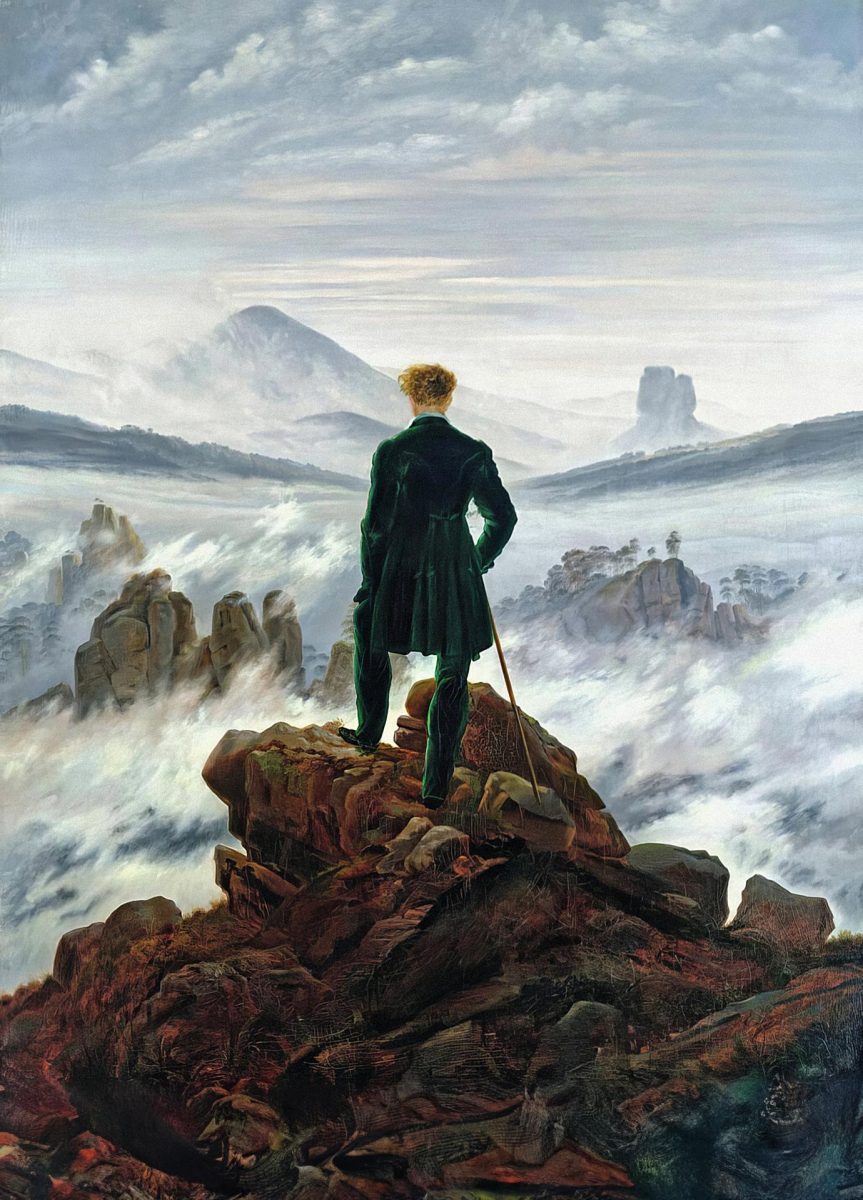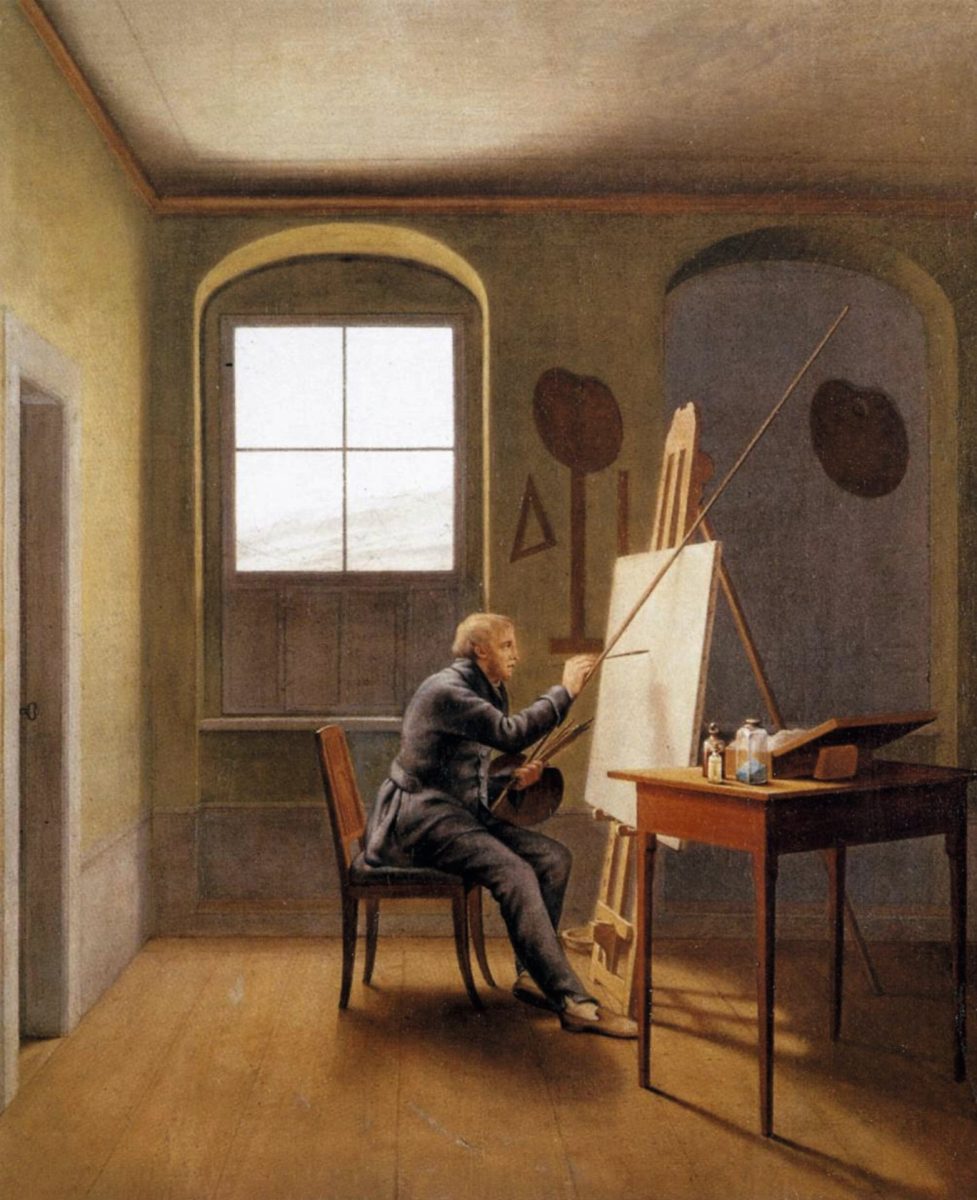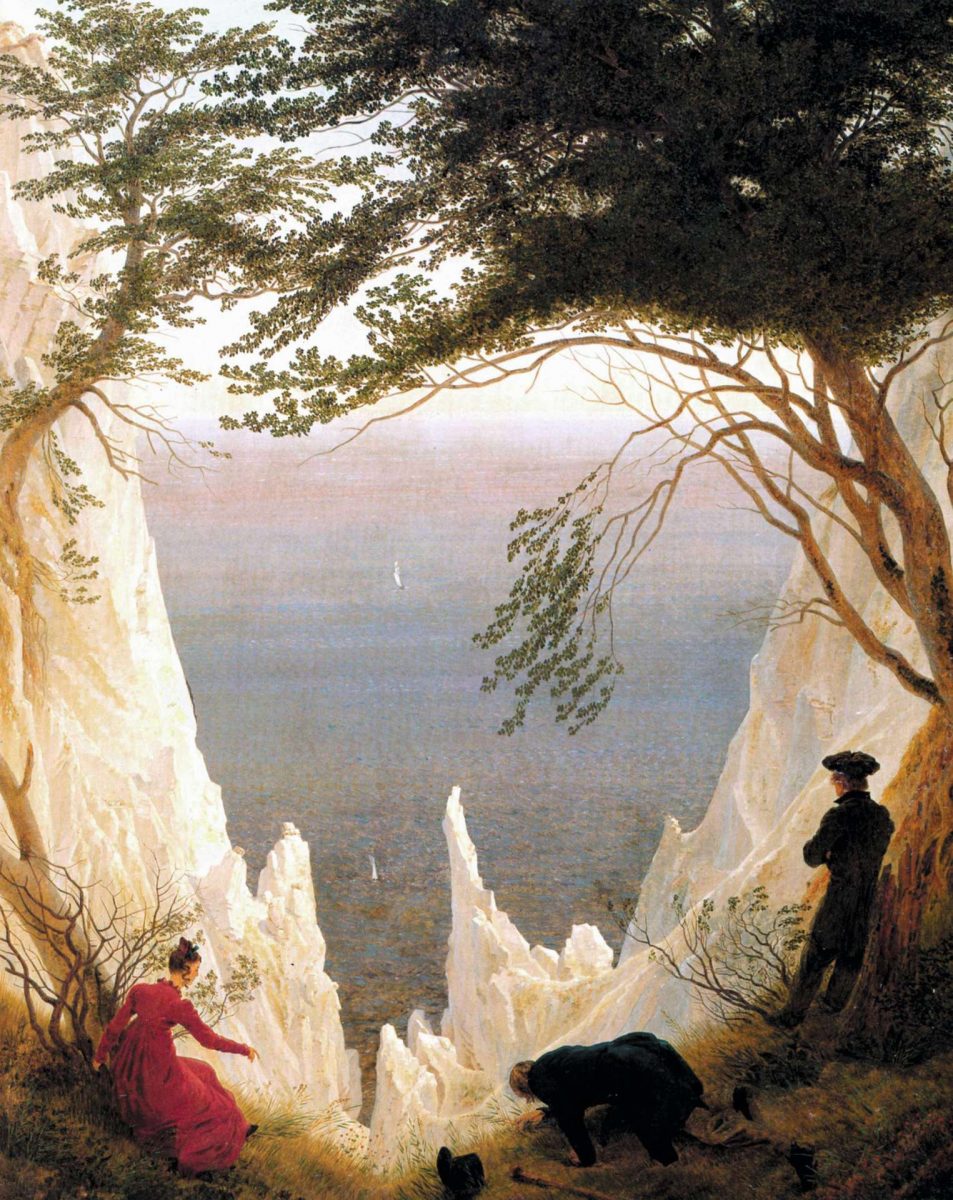This year marks the 250th anniversary of the birth of Caspar David Friedrich. Romanticist, author of melancholic landscapes, forerunner of the Surrealists — among many attributes of this painter, who went from great fame to poverty and oblivion.

Caspar David Friedrich was born in the small German town of Greifswald, but in his youth he moved to Dresden, where he spent most of his life. Here he created his most famous pieces and became one of the leaders of the Dresden Romantics, artists who viewed nature from a mystical-religious perspective. His early works quickly gained public attention and even sparked controversy, such as Cross in the Mountains. It is said that Countess Theresia von Thun-Hohenstein commissioned the painting and had a special frame made with Christian symbols, intending to install it on the altar of the chapel of her castle in Tetschen (Bohemia). However, the idea was not supported and the painting, which became known as the Tetschen Altar, was kept in the castle for many years. The debate surrounding the appropriateness of a landscape with a cross instead of an image of the Savior continued for a long time.

In 1810, the Prussian court bought several works of Friedrich. In 1820, Grand Duke Nicholas Pavlovich (future Emperor Nicholas I) visited the artist’s studio and purchased two paintings, On a Sailing Ship and Night in a Harbor (Sisters), for his wife Alexandra Fyodorovna. A year later, the painter met the poet Vasily Zhukovsky, which proved to be a significant meeting. Through the efforts of the writer, the Russian public grew fond of the German romantic. As a result, the royal family acquired eight of his works, and nine paintings and 50 drawings became part of Zhukovsky’s collection. Among them was a canvas depicting the poet himself and his friends, the Turgenev brothers, Alexander and Nikolai.

Friedrich’s fate took a cruel turn in the mid-1820s when his popularity started to dwindle. After suffering from a serious illness, he passed away in 1840 and was remembered only by his closest friends. It wasn’t until the early 20th century that his work was rediscovered, and today Caspar David Friedrich is recognized as one of the primary representatives of Romanticism in European painting.
Several exhibitions are held to commemorate the anniversary of the artist. One exhibition is currently open until April 1st at the Hamburger Kunsthalle. It focuses on the artist’s understanding of nature. Another exhibition will be held at the Alte Nationalgalerie from April 19th to August 4th, referencing the Centennial Exhibition of German Art when Friedrich’s name was rediscovered. Two other exhibitions will be held in Dresden simultaneously at the Albertinum and the Kupferstichkabinett (August 24 to January 5, 2025).

The Pomeranian State Museum in Greifswald, the hometown of Friedrich, will host three exhibitions: Lifelines (April 28 – August 4), Places of Longing (August 18 – October 6), featuring the famous painting Chalk Cliffs on Rügen, and Hometown (October 16 – January 5, 2025).
In addition to this, the anniversary of Friedrich will be celebrated in Russia, where the largest collection of his works outside Germany is kept. The Hermitage will hold an exposition titled Caspar David Friedrich and Russia, dedicated to the artist’s connection with the country. The exhibition will be open from December 8 to March 30, 2025.
Photo: ru.wikipedia.org; gallerix.org


